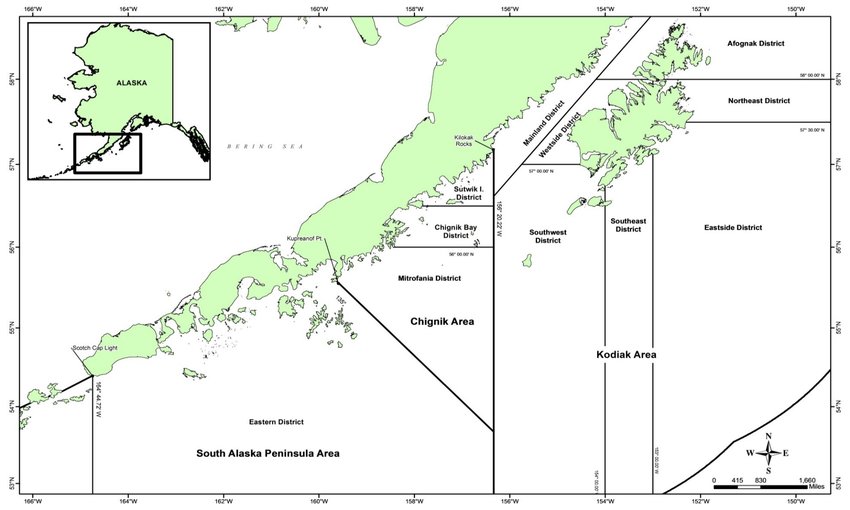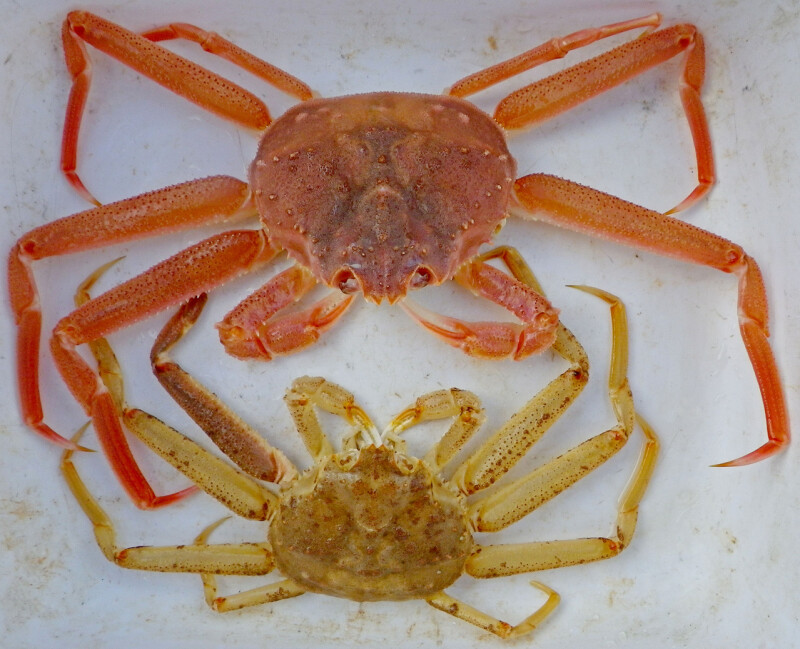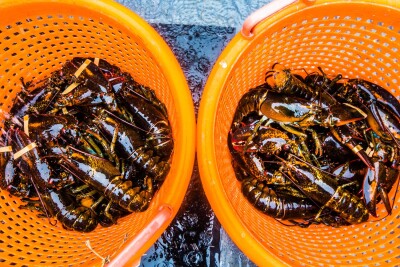It’s very likely that Kodiak fishermen will again drop pots for Tanner crab in January 2025, although the region’s harvest will be smaller than last season’s 3.48 million pound haul.
“Preliminary survey data suggests there will be a smaller sized fishery in the Kodiak District in 2025, but Guideline Harvest Levels (GHLs) won’t be finalized and announced until the first week of November,” said Cassie Whiteside, assistant area management biologist at the Alaska Dept. of Fish and Game office at Kodiak.
The start date for the fishery is January 15.
The Kodiak crab fishery is the largest in what’s called the Westward Region. In the South Peninsula District, Tanner crab abundance in the Eastern Section looked better than in the Western Section, Whiteside added.

“However, regulation requires that abundance must be sufficient to provide for a GHL of at least 200,000 pounds before a section may open, and the data is currently under review to determine if this threshold will be met or not. Preliminary results in the Chignik District show that a 2025 fishery is not very likely,” she explained.
A fleet of 135 Kodiak boats and 31 at the Alaska Peninsula fished for Tanners in the 2024 fishery and took the 3.48 million pound quota in just two days. Kodiak crabbers hauled up three million pounds from three districts around the island; the remainder came from Alaska Peninsula crabbers. The Chignik area fishery remained closed.
Westward crabbers have been tapping on the largest Tanner crab cohort ever seen that first appeared in 2018. In 2023, that bulk of crab produced a Tanner catch of 7.3 million pounds, making it Alaska’s largest crab fishery at the time.
Large Tanner crab cohorts typically occur every five to seven years around Kodiak, as indicated by 2013 and 2018 year classes that sustained fisheries for several years. It takes four to five years for the male crabs to reach legal size.
Only male Tanners can be retained for sale, and all other crabs must immediately be returned to the water unharmed. The crabs then start to die of natural causes or age out of the population by around seven or eight years.
“The 2018 cohort of Tanner crab has produced fisheries in 2022, 2023, 2024, and possibly 2025, but these crabs are getting older and aging out of the population,” Whiteside explained. “We have yet to see another big cohort of crabs on the survey. We have observed some juvenile crab during the 2023 and 2024 surveys, but so far nothing as big as the 2018 group of crab we are fishing on now.”
For the 2024 fishery, crabbers represented by the Kodiak Crab Alliance Cooperative agreed to separate deals with local processors for whom they individually fish. Reported prices were $3.70 per pound by Pacific Seafoods, $3.60 by Alaska Pacific Seafoods, and OBI and Trident offered $3.50 to its Tanner crab fishermen.
Market conditions appear promising for crab in 2025.
Canada accounts for 91 percent of the snow crab that’s imported to the US. Global market expert Les Hodges reports that while prices for Canadian snow crab were flat for the summer, they increased as inventories have reduced.
By the end of September, prices for Canadian 5-8 ounce snow crab clusters were 23% higher than the same period in 2023, while prices for 8-ounce and larger sizes increased by 36%.







